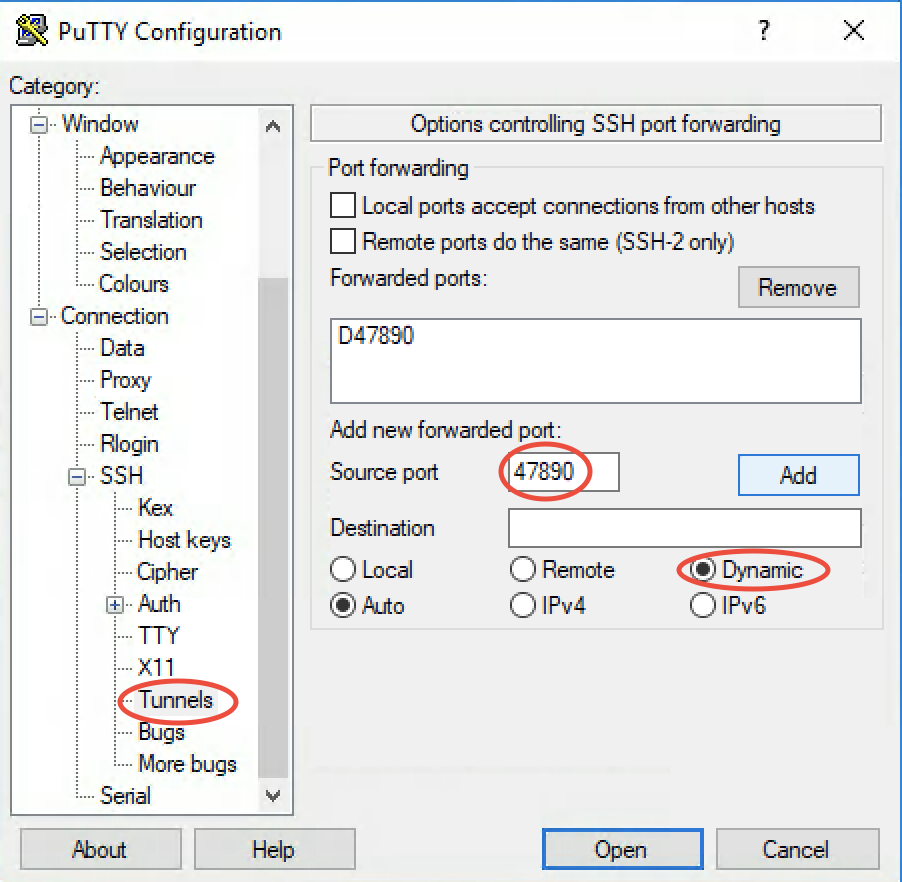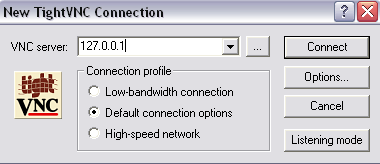

However, this simplicity also means that the protocol is not very robust: there is no support for encryption (several implementations, such as UltraVNC, bolt this functionality onto the side, but I have been less than impressed with the results), and things like remote sounds, printer sharing, port sharing, etc. This means that the protocol is inherently platform-agnostic: all you need to do is be able to take snapshots of parts of the desktop and send them to a remote client. VNC is, at its core, an extremely simple protocol: it's basically a remote frame buffer, so when something changes on the remote desktop, a rectangle of image data containing the changed area is sent to the client which updates its own display. There are pros and cons to both protocols and, I'll be honest, I definitely prefer RDP when possible, but I'm forced to use VNC for my home machine.
VNC THROUGH SSH WINDOWS
You might be wondering, why bother with VNC? RDP (Remote Desktop Protocol, used by Microsoft in Terminal Services) comes standard with Windows, right? Well, not really: if you're still running Windows 2000 Professional, like me, then VNC is really the only choice you have for remote desktop management since Terminal Server isn't supported on Windows 2000 Professional. So, these frustrations led me to develop my own secure VNC viewer application. Secondly, it's not implementation agnostic: it contains inputs for custom parameters for several of the major VNC implementations, but a better approach would be to allow the user to simply specify the viewer application that they wish to run and the command line parameters to use with that application.
VNC THROUGH SSH PROFESSIONAL
First, ssvnc is kind of clunky, and lacks a professional polish it spawns several other windows to handle the secure connection process, and doesn't provide a unified interface. There's a cross-platform GUI application called ssvnc that handles setting up an SSL or SSH tunnel automatically prior to launching the VNC viewer process but, frankly, it has a number of shortcomings that led me to develop my own secure VNC viewer application. The two most common ways to do this are to tunnel VNC data through an SSL or an SSH connection.


While VNC is a great, cross-platform remote desktop protocol, it is inherently insecure, and relies on the system administrator that installs it to tunnel it through another secure communication protocol if the VNC server is to be publicly accessible.


 0 kommentar(er)
0 kommentar(er)
